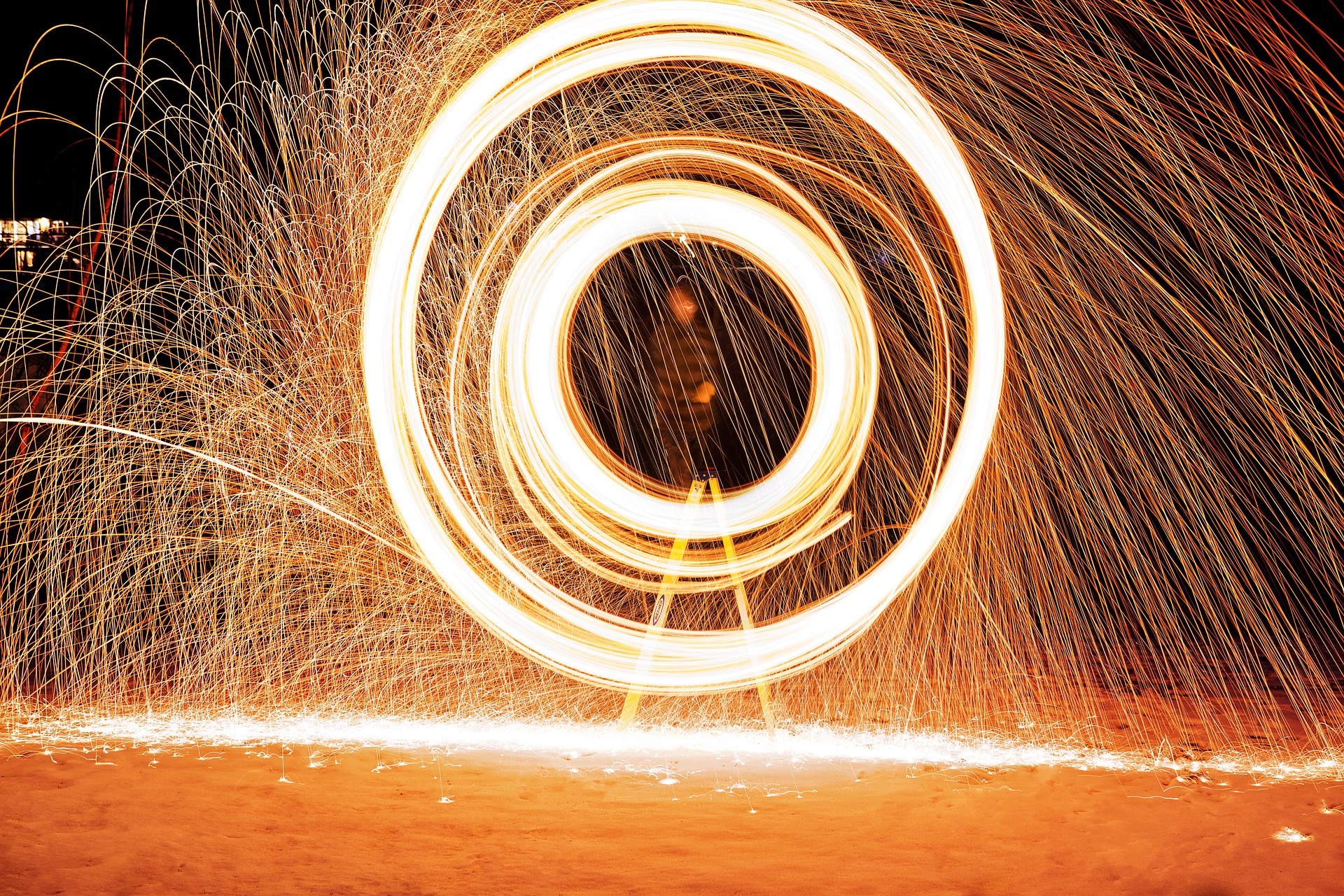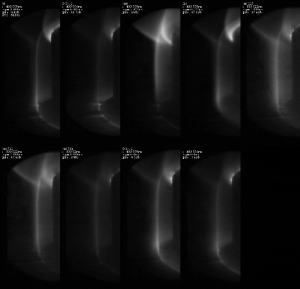
Camera detects early stages of impurities in materials and even cancer in the human body
MANTIS Plasma Diagnostic tool
The MANTIS system collects light through a single window in the tokamak and feeds it to ten cameras that each look at a very narrow wavelength band. When the information from these cameras is combined, researchers can pinpoint the exact position of the plasma edge and reconstruct temperatures along the exhaust stream. They can also analyse where impurities are present and how they influence the plasma conditions.

Wouter Vijvers developed the MANTIS camera system during his postdoctoral research at the institute in Eindhoven and together with MIT in Boston and EPFL in Switzerland. The new plasma diagnostic MANTIS is giving a detailed look at the plasma conditions in the Swiss fusion experiment TCV to optimize the power density of the plasma inside the TCV.
Wouter Vijvers has founded a spin-off, Chromodynamics, a company that has integrated the camera system for other applications. Thanks to this spin-off activity, high-tech companies can now capture images of chemical compositions of their products. Even in the medical world, doctors will be able now to find impurities as colorectal polyps in the human body, thanks to this technology.
High-speed, real-time multispectral imaging systems for medical and industrial applications.
Since 2019, Wouter Vijvers has founded a spin-off, Chromodynamics based both on his fusion expertise and MANTIS plasma diagnosis technology.In December 2018, The Innovation Fund participated to a financing round together with SCK-CEN and Limburgse Reconversie Maatschappij (LRM). This system will be able to perform this in real-time, while similar measurements previously took seconds to days. Based on its fusion know-how and technology MANTIS, the startup wants to provide a real-time single step solution for diagnosing and removing cancerous tumours as well as analyzing materials compostion.
A consortium consisting of DIFFER, Vrije Universiteit Amsterdam and Chromodynamics has received a €100,000 grant to develop a camera system that can see the chemical composition of materials and biological tissues.
